Social media connects billions globally, but the rise of harmful content—such as misinformation, hate speech, and cyberbullying—poses serious challenges. Addressing harmful content is crucial to protect users and ensure platforms remain safe.
Why Tackling Harmful Content Matters
Harmful content has wide-reaching impacts:
Psychological Effects – Exposure to harmful content can cause anxiety, depression, and social isolation, particularly among young people and marginalized communities.
Social and Economic Damage – Misinformation erodes public trust, while hate speech divides communities. Businesses can also suffer reputational harm if associated with harmful narratives.
Ethical Responsibility of Platforms – Social media companies must protect their users by moderating content effectively, balancing freedom of expression with safety.
Key Strategies for Tackling Harmful Content
1. Platform Policies and Content Moderation
Most social media platforms have strict policies against harmful content and utilize a mix of AI and human moderators to enforce these guidelines. AI detects patterns in text and images, identifying content that may violate community standards. However, human moderators are necessary to make context-sensitive decisions, though this role comes with mental health challenges due to exposure to disturbing content.
2. Role of Government and Regulation
Governments are increasingly involved in regulating harmful content. Policies like the European Union’s Digital Services Act set standards for content moderation, holding platforms accountable with fines for non-compliance. Government-platform collaboration can also enhance moderation efforts through resource-sharing and joint research.
3. Individual Responsibility and Digital Literacy
Users can report harmful posts or behaviors they encounter, helping platforms act quickly. Building digital literacy—understanding how to identify misinformation and hateful content—empowers users to think critically about the content they see and share.
4. Technological Innovations
AI and real-time monitoring systems have become essential in moderating harmful content. These tools detect abusive or harmful language patterns, flagging content for review. Yet, privacy remains a concern as algorithms may mistakenly identify harmless content, highlighting the need for ethical AI use.
Common Challenges in Tackling Harmful Content
Balancing Free Speech and Safety
Social media platforms must protect free speech while limiting harmful content, which can be challenging as definitions of harmful content vary culturally and contextually.
Overcoming Language and Cultural Differences
Platforms operate globally, so harmful content must be moderated across languages and cultural nuances. Developing systems that account for this diversity is complex.
By combining advanced technology, clear policies, and user involvement, social media platforms, governments, and individuals can work together to address harmful content effectively. Building a healthier online environment requires ongoing effort, but these strategies lay the groundwork for a safer digital space for all of us.




